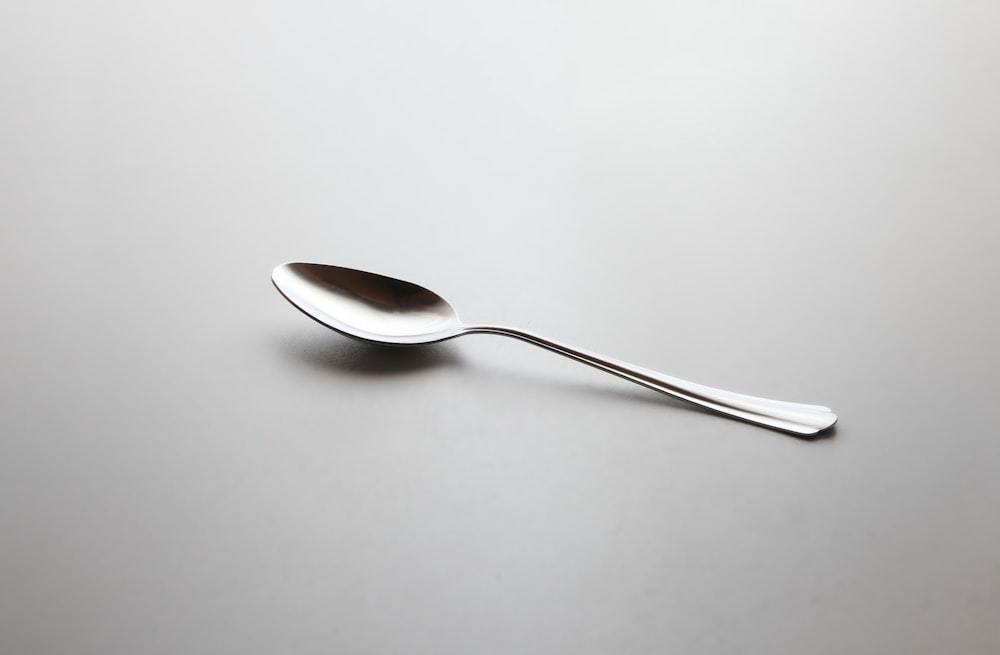目次
ダイエットに役立つスプーンの大きさに関する研究論文紹介
理学療法士・作業療法士は運動指導を通じてクライアントのダイエットに携わる機会は多いと思います.
運動指導も重要ですが,合わせて重要なのは食事摂取量に関する指導です.
自身のダイエットにも役立ちますよね.
今回はダイエットに役立つスプーンの大きさに関する研究論文を紹介させていただきます.

今回ご紹介する論文
Controlled Clinical Trial Br J Nutr. 2018 Oct;120(7):830-837. doi: 10.1017/S0007114518002246. Epub 2018 Aug 29.
Eating with a smaller spoon decreases bite size, eating rate and ad libitum food intake in healthy young males
Lewis J James 1, Tyler Maher 2, Jack Biddle 2, David R Broom 2
Affiliations expand
PMID: 30153875 DOI: 10.1017/S0007114518002246
今回ご紹介する論文は2018年に掲載された論文です.
研究の目的
There is a paucity of data examining the effect of cutlery size on the microstructure of within-meal eating behaviour or food intake. Therefore, the present studies examined how manipulation of spoon size influenced these eating behaviour measures in lean young men.
スプーンの大きさが食行動や食物摂取の微細構造に及ぼす影響を検討したデータは少ないのが現状です.
そこでこの研究では,やせ型の若年男性においてスプーンの大きさの変更がこれらの食行動指標にどのような影響を及ぼすかを検討しております.
研究の方法
In study one, subjects ate a semi-solid porridge breakfast ad libitum, until satiation. In study two, subjects ate a standardised amount of porridge, with mean bite size and mean eating rate covertly measured by observation through a one-way mirror. Both studies involved subjects completing a familiarisation visit and two experimental visits, where they ate with a teaspoon (SMALL) or dessert spoon (LARGE), in randomised order. Subjective appetite measures (hunger, fullness, desire to eat and satisfaction) were made before and after meals.
実験1では被験者は半固形粥の朝食を満腹になるまで自由に食べております.
実験2では標準化された量のお粥を食べ,平均一口サイズと平均摂食速度を一方向鏡で観察することにより測定しております.
両実験とも被験者は慣らし訪問と2回の実験訪問を行い,無作為の順序でティースプーン(小)またはデザートスプーン(大)を使って食事をしております.
食欲の主観的測定(空腹感,満腹感,食べたいという欲求,満足感)を食前後に実施しております.
研究の結果
In study one, subjects ate 8 % less food when they ate with the SMALL spoon (SMALL 532 (SD 189) g; LARGE 575 (SD 227) g; P=0·006). In study two, mean bite size (SMALL 10·5 (SD 1·3) g; LARGE 13·7 (SD 2·6) g; P<0·001) and eating rate (SMALL 92 (SD 25) g/min; LARGE 108 (SD 29) g/min; P<0·001) were reduced in the SMALL condition. There were no condition or interaction effects for subjective appetite measures.
実験1では,被験者は小さめのスプーンで食事をした場合,食事量が8%少なかった(小さめ532(SD 189)g,大きめ575(SD 227)g,P=0-006).
実験2では一口サイズの平均値(SMALL 10-5 (SD 1-3) g; LARGE 13-7 (SD 2-6) g; P<0-001)と摂食速度(SMALL 92 (SD 25) g/min; LARGE 108 (SD 29) g/min; P<0-001)がSMALL条件で減少しておりました.
食欲の主観的指標については条件効果も交互作用効果も認めませんでした.
研究の結論
These results suggest that eating with a small spoon decreases ad libitum food intake, possibly via a cascade of effects on within-meal eating microstructure. A small spoon might be a practical strategy for decreasing bite size and eating rate, likely increasing oral processing, and subsequently decreasing food intake, at least in lean young men.
今回の研究結果は小さなスプーンでの食事が食餌内の微細構造に対する効果のカスケードを通じて,自由摂取の食物量を減少させることを示唆するものであると考えられます.
小さなスプーンは一口サイズと食べる速度を減少させ,経口処理を増加させその結果少なくとも痩せた若い男性において,食物摂取量を減少させる実用的な戦略である可能性があります.
今回はダイエットに役立つスプーンの大きさに関する研究論文を紹介させていただきました.
スプーンのサイズを小さくすることがダイエットにつながるかもしれないといった非常に興味深い結果ですね.






